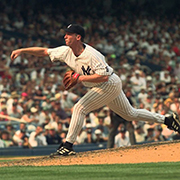|
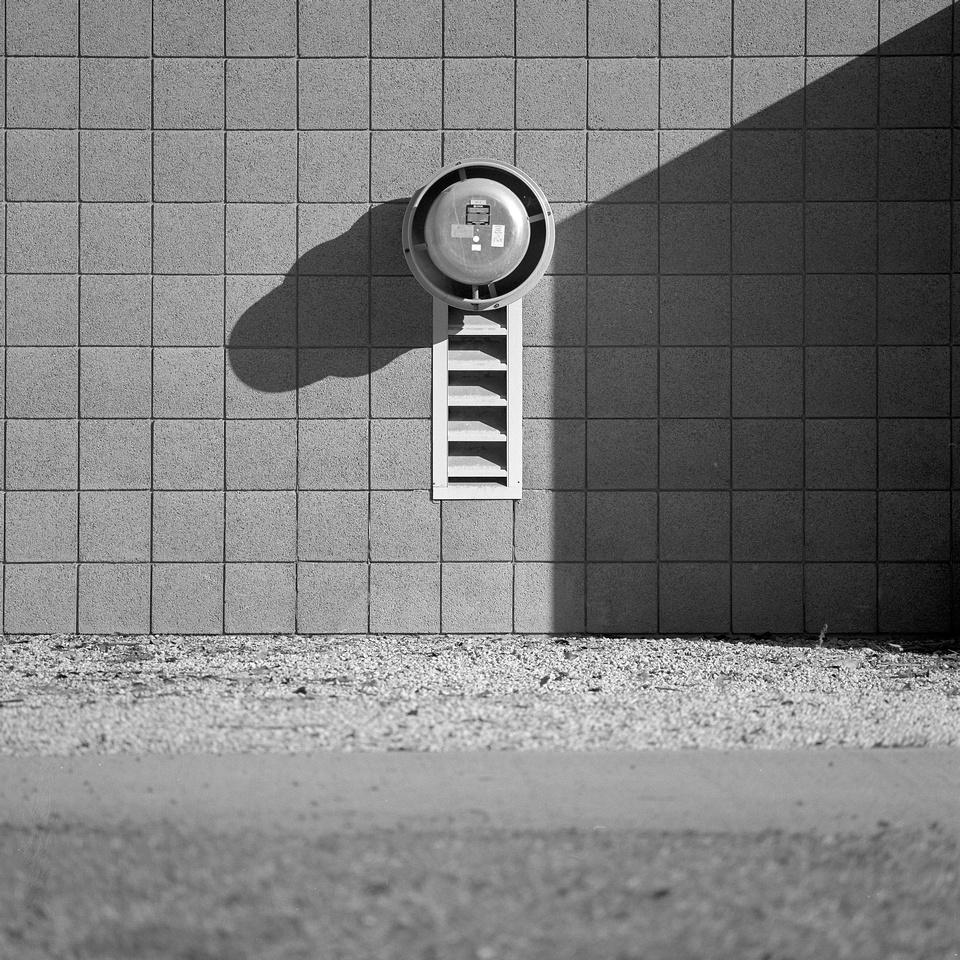 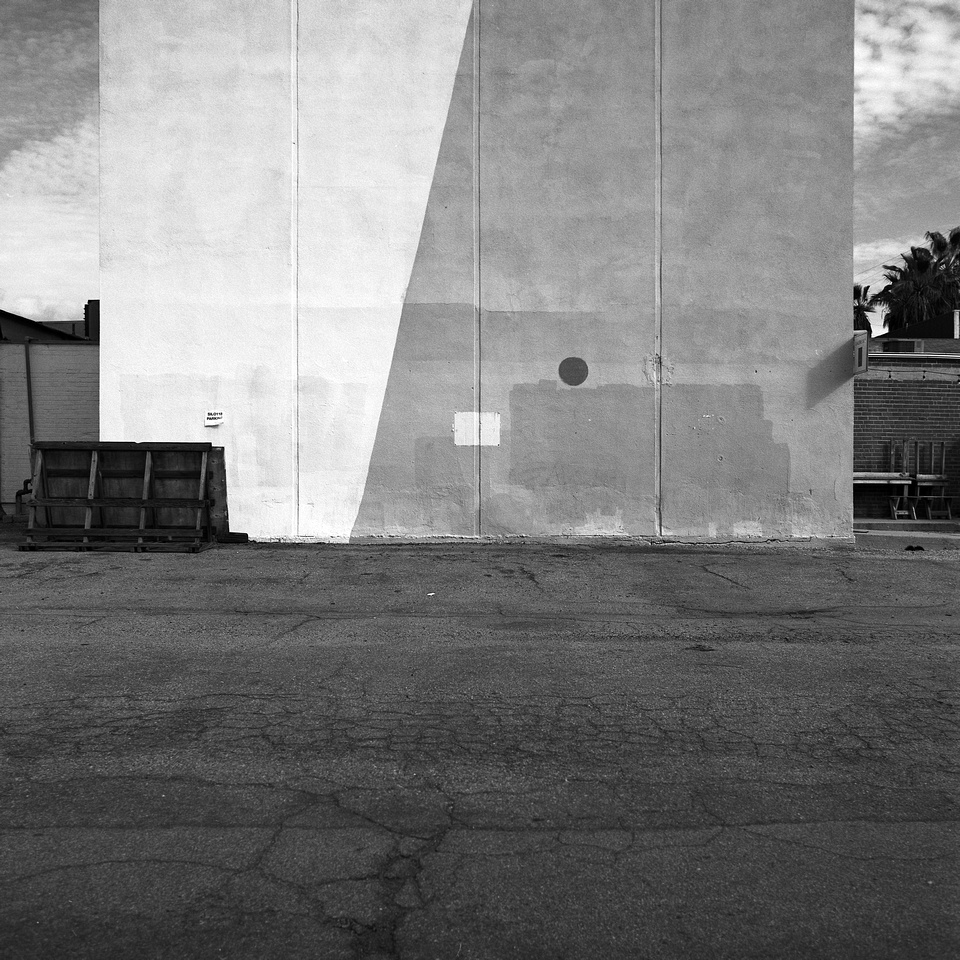 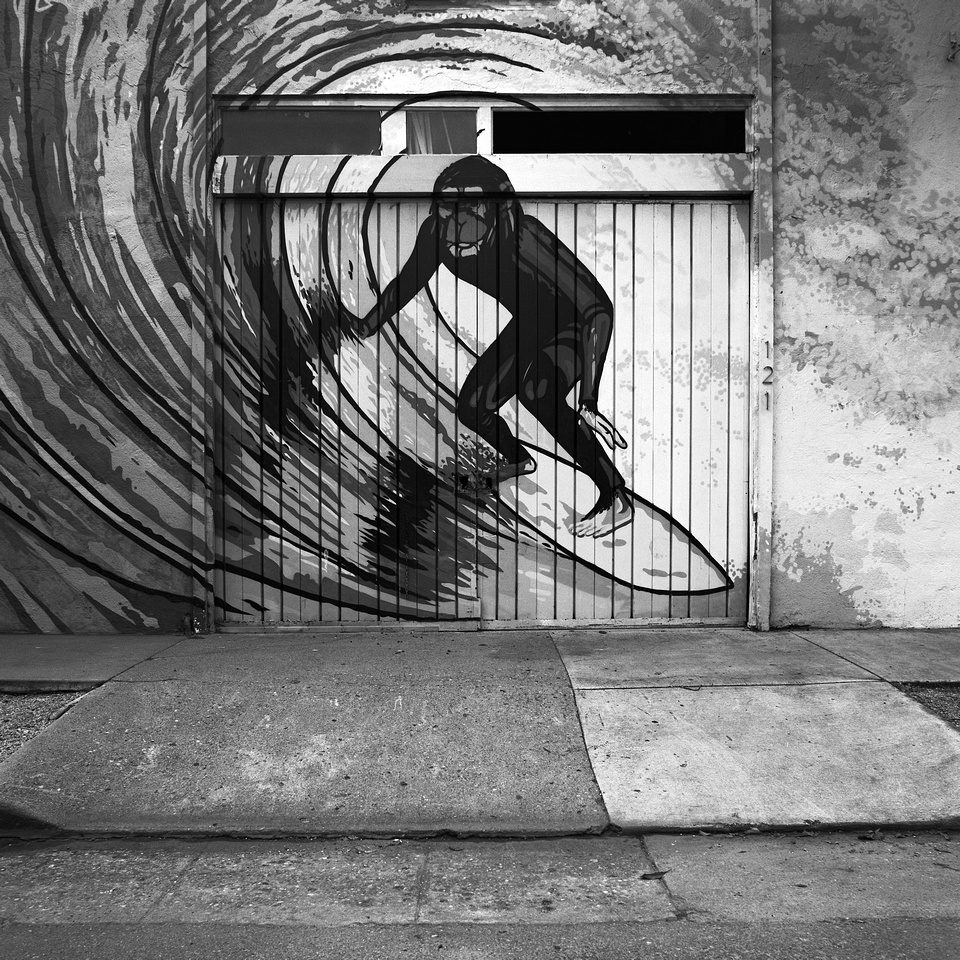
|
|
|
|

|
| # ? May 27, 2024 02:47 |
|
Liking these a lot.
|
|
|
|
Thanks. Edit: 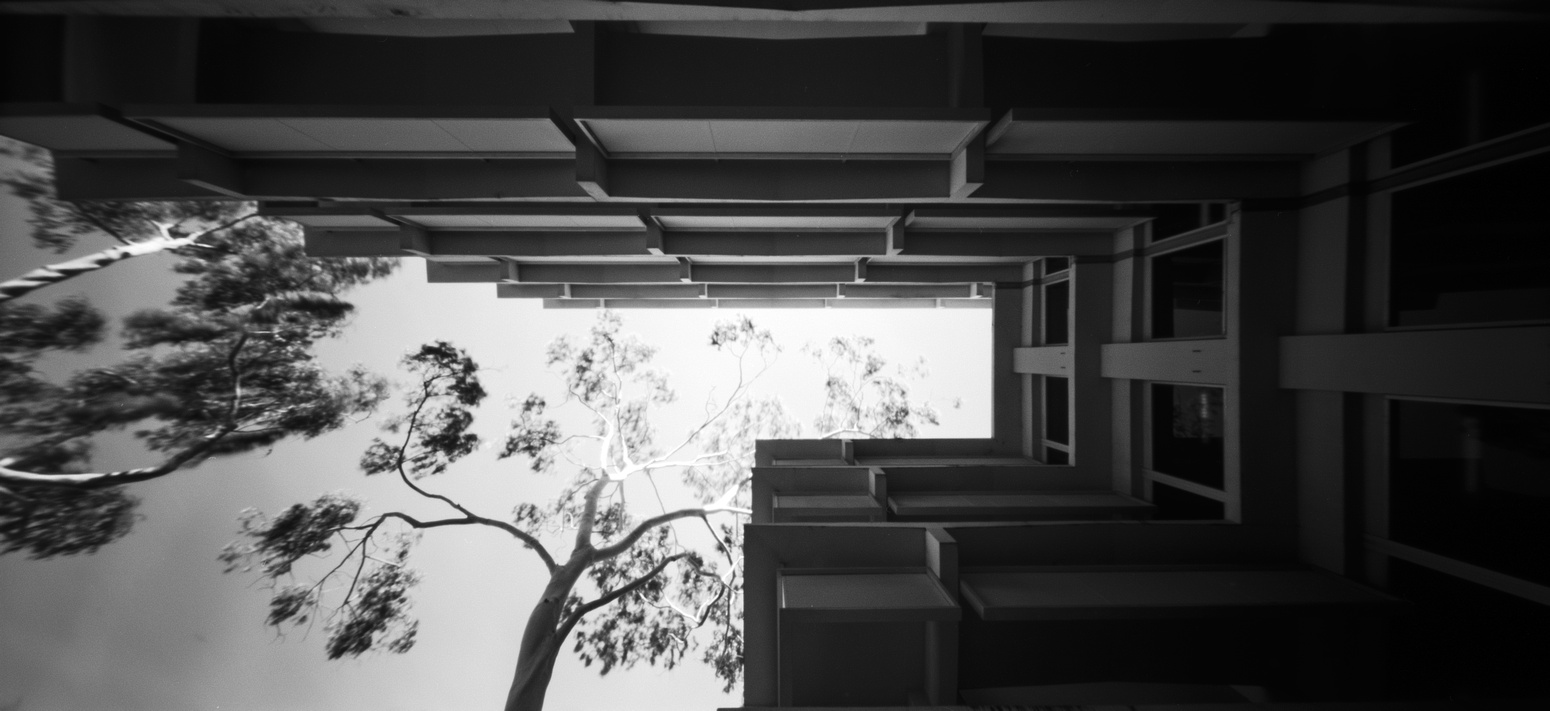
theHUNGERian fucked around with this message at 22:04 on Feb 11, 2024 |
|
|
|
Neat.
|
|
|
|
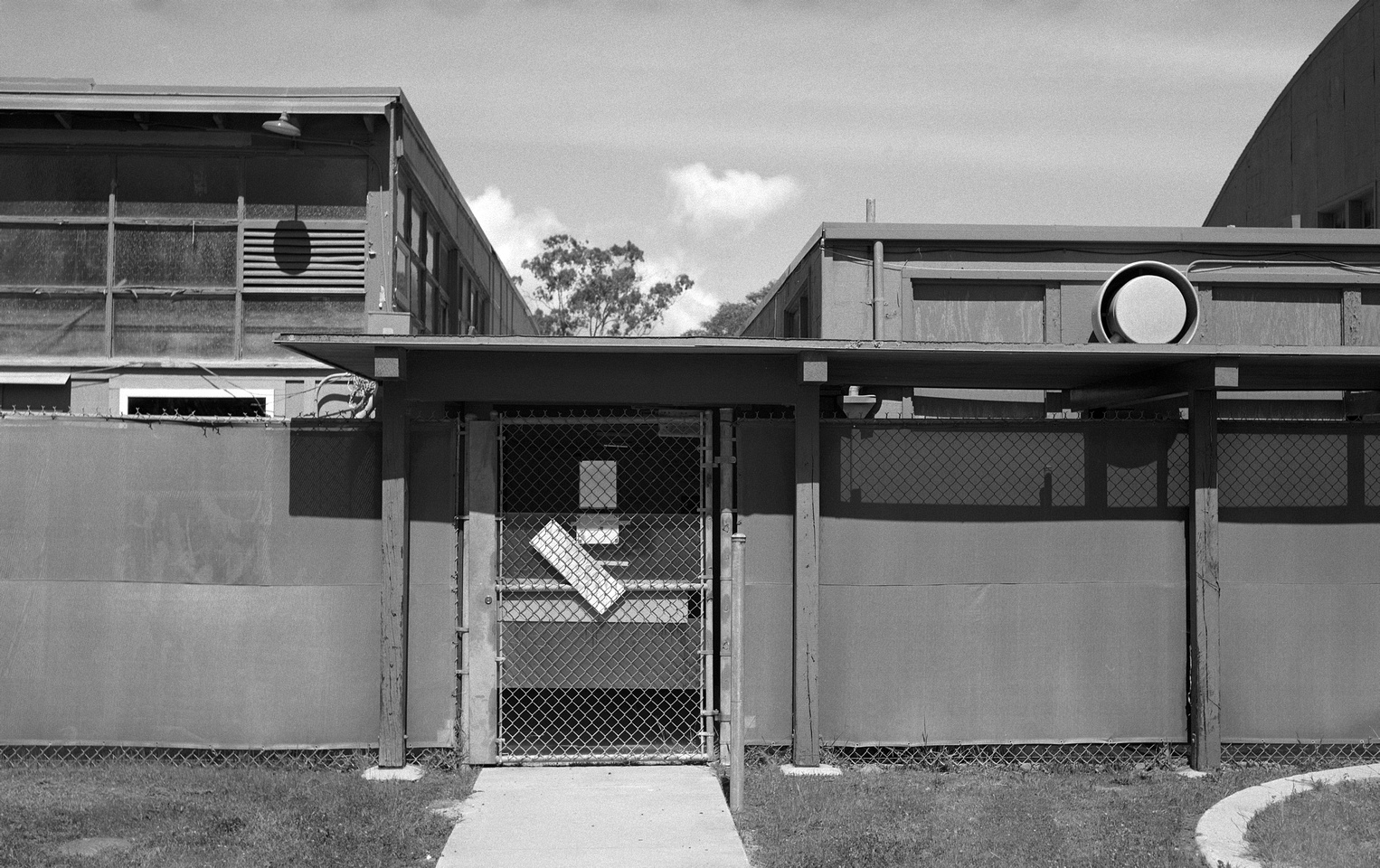  
|
|
|
|
This one is especially pleasing
|
|
|
|
spf3million posted:This one is especially pleasing Thanks. I'll have to try this subject again with the squares in the upper right more in focus. I totally didn't notice them when I composed this shot.
|
|
|
|
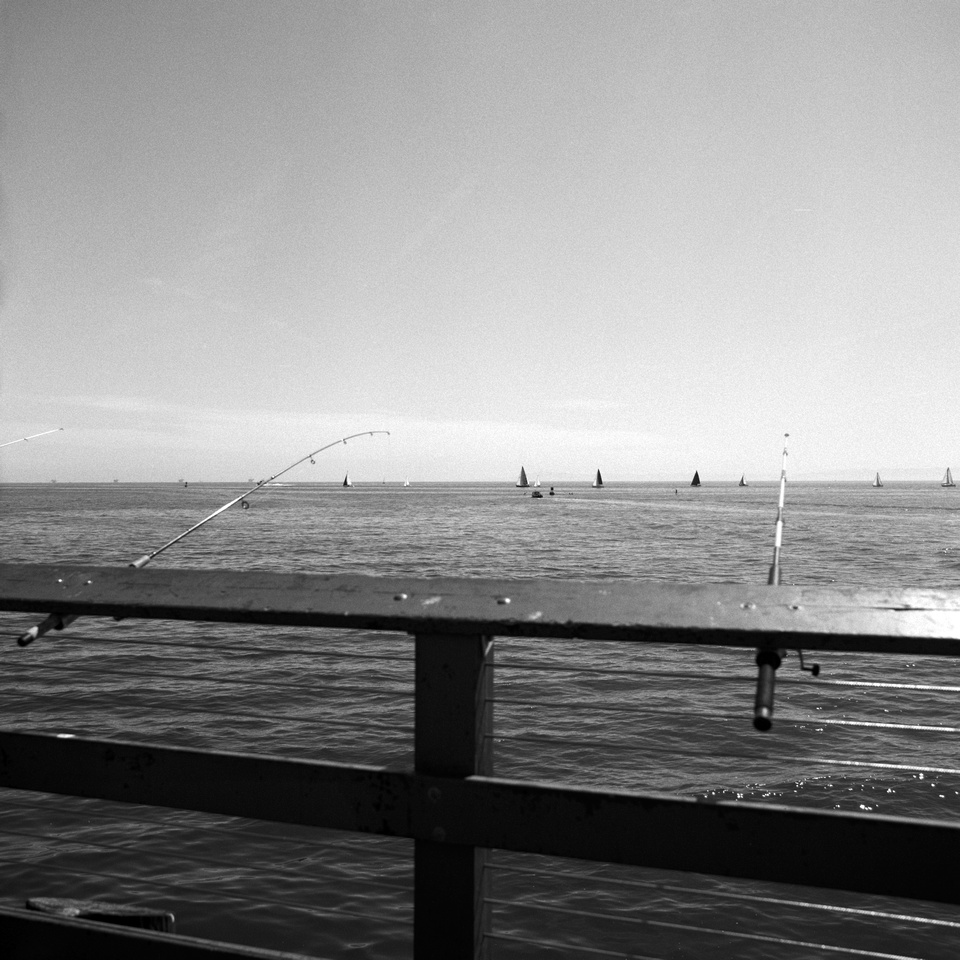  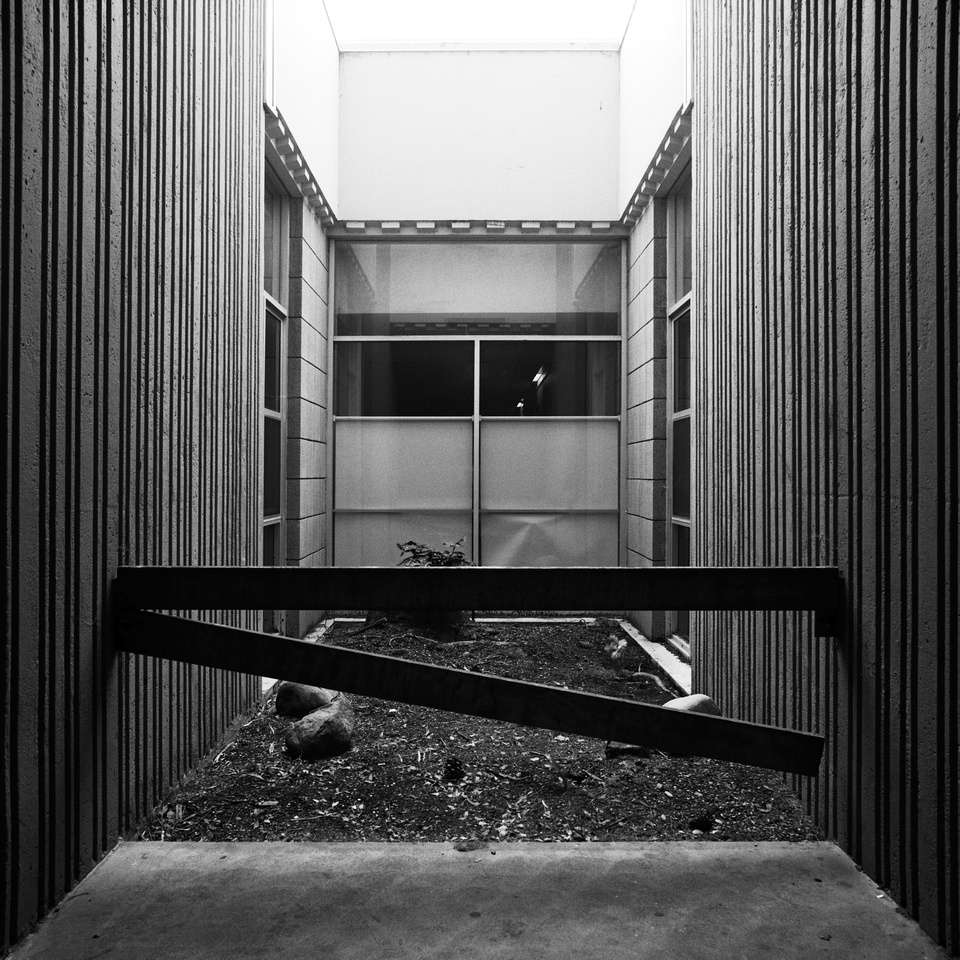 
theHUNGERian fucked around with this message at 23:32 on Apr 27, 2024 |
|
|
|
It's no GF670, but I've been pretty happy with my GS645S over the past year. It's so small but it's got a great lens (except for the soft-ish corners and the moderate vignette at f4/5.6). I've been taking it on a few trips here and there and I'm probably going to up the usage this year on some more backcountry trips.      
cerious fucked around with this message at 05:56 on Apr 28, 2024 |
|
|
|
They’re all great photos, but that last one is my favorite by far. What film stock is that for the BW?
|
|
|
|
rufius posted:They’re all great photos, but that last one is my favorite by far. Delta 100! I'm definitely going to use it some more this year, it stood up quite nicely to both overcast and harsh daylight scenes. The lack of grain is very nice for 35mm and 645. The slow speed can be a little limiting in the backcountry though, so I end up being a little careless with it as the day goes long and I try to get it out for a faster film. 
|
|
|
|
 
|
|
|
|
   
theHUNGERian fucked around with this message at 23:10 on May 12, 2024 |
|
|
|
A couple of low effort repeats which border on infringing on alkanphel's copyright on chairs.      
|
|
|
|
I'm perusing old view camera options and came up with a dumb question that doesn't seem to have a quality answer I can find in google (like 75% of the answers are unironic "as much as needed", gently caress off with that): how much movement is typically used? I assume it's hugely variable based on subject (architecture vs nature vs portraits) but when you get down to camera specifications that there's a pretty big variety for how flexible a camera is. Lots of people like to post images of their large format camera with the bellows looking like a mobius strip. Some cameras don't have movable rear standards at all and others the front standard has pretty limited adjustments available. So what's average? 10 degrees of tilt or swing? More? Less? What about rise/fall or shift? And what ends up requiring extreme movements.. would that be trying to get a tall building with straight verticals?
|
|
|
|
xzzy posted:I'm perusing old view camera options and came up with a dumb question that doesn't seem to have a quality answer I can find in google (like 75% of the answers are unironic "as much as needed", gently caress off with that): how much movement is typically used? It really is a “how long is a piece of string” kind of question in that it depends on your subject. Single portraits in 4x5 you don’t really need any movements, group portraits you may, etc. For landscapes, you’ll use tilt for getting verticals straight (like trees), though usually not to the same extent as architecture. Swing is good for getting stuff both near and far away in focus (because you get comparatively less DoF than smaller formats). Rise, fall and shift can be helpful if you’re dealing with a fence, cliff edge, etc and can’t reposition the tripod. I’ve listed in them in what I assume is roughly the order of frequency most people use them for landscapes, based on my own shooting style. As far as genres, architecture and still life/macro would probable use the most movements on average, followed by landscape, followed by portraits. I can’t comment on degrees because none of the cameras I use now have markings, I think it’s mainly monorails with geared movements that have those. I would get a press camera (Speed Graphic, etc) if you wanted to do portraiture, especially outside the studio. Graflex SLRs are better for portraits in a lot of respects, but they’re mostly 100+ years old at this point and have basically no movements (I think a few have front tilt?), plus most have that wonky old back that’s not compatible with modern holders. I’d get a monorail if you want to do studio only, or architecture mostly out of your car. You get a lot of camera for your money if you’re buying a monorail these days and geared movements are a really nice quality of life feature, especially starting out… but they are pretty awkward to travel with or carry around. My Toyo 4x5 weighed something like 9.5kgs before you even added a lens. A modern-ish field camera is a good middle ground of portability/utility and will probably have all the movements most people need. Metal ones like Rittreck will sacrifice some portability (weight) for being cheaper, older ones like the ubiquitous Kodak 2D will lack some of the movements. A used 4x5 Tachihara or Ikeda Anba off Buyee.co.jp is probably the best all around camera/value for money if you want to do landscapes IMO There’s very little risk in buying the “wrong” camera since all of this stuff has long since hit the bottom of its depreciation curve; just get something that you think you’ll like that matches your shooting style, use it, and resell it for more or less exactly what you paid for it if you find it doesn’t suit you. Ethics_Gradient fucked around with this message at 05:21 on May 22, 2024 |
|
|
|
Ethics_Gradient posted:It really is a “how long is a piece of string” kind of question in that it depends on your subject. Single portraits in 4x5 you don’t really need any movements, group portraits you may, etc. Correct me if I'm wrong but tilt changes the plane of focus, rise/fall is what you use to correct vertical lines. Similarly swing changes the plane of focus horizontally while shift is used to correct horizontal lines/move the scene side to side without causing lines to converge. This will vary significantly depending on the kinds of photos you take, I mostly shoot landscapes and 99% of the time I just use rise/fall, very rarely I use tilt and I've basically never used swing or shift. I've come close to maxing out the rise/fall of my Chamonix 45n2 a fair bit but at that point you're starting to run into the edge of the image circle anyway. When using tilt you really don't need that much, I've never measured it but I doubt I'm getting beyond 5 or 10 degrees ever. You're probably only going to the limits if you're doing macro shooting or something slightly unusual.
|
|
|
|
Thanks for the recs, I'm kind of paralyzed by the array of options right now but I'll take it all into account.Blackhawk posted:This will vary significantly depending on the kinds of photos you take, I mostly shoot landscapes and 99% of the time I just use rise/fall, very rarely I use tilt and I've basically never used swing or shift. That's kind of what I'm after, I don't really need precise values. I'm just looking for a sense of whether a few degrees/centimeters is "enough" for most work or if the crazy flexible setups that can swing 45 degrees are a common application.
|
|
|
|
Blackhawk posted:Correct me if I'm wrong but tilt changes the plane of focus, rise/fall is what you use to correct vertical lines. Similarly swing changes the plane of focus horizontally while shift is used to correct horizontal lines/move the scene side to side without causing lines to converge. I'm entirely self-taught so this may be a really stupid way of doing it, but I use a combination of front and rear tilt to straighten verticals. The rise/fall thing makes sense, because a lot of the old cameras only had front rise/fall and rear tilt, no swing or shift. I've mainly only only used rise for getting a fence or other distraction out of the bottom (well, top...) of the frame.
|
|
|
|
I think there may be some cross talk. I could see tilt being used to *correct* verticals (think pointing the camera up towards a tall building, then tilting forward to correct) while rise/fall can be used to *maintain* verticals (think pointing level at something that is slightly too tall for the current composition so you use rise to get it in frame)
|
|
|
|
Front/Back standard rise and fall (moving the standard parallel directly up or down) do the same thing, they shift your image up or down making it look like you have the camera higher or lower Front/Back standard shift (moving the standard parallel directly left or right) do the same thing, they shift your image left or right making it look like you're standing further left or further right in your scene Front tilt (either left right or up down) changes the focal plane of your image but does not effect the geometry of the image. Rear tilt (either left right or up down) changes the geometry of the image, like correcting key-stoning in projection As far as movements go you generally do not need a lot of them. The bit of math behind how front tilt changes the focal plane is called the Scheimpflug principle, and a little bit of tilt in the front standard leads to a lot of tilt in the focal plane 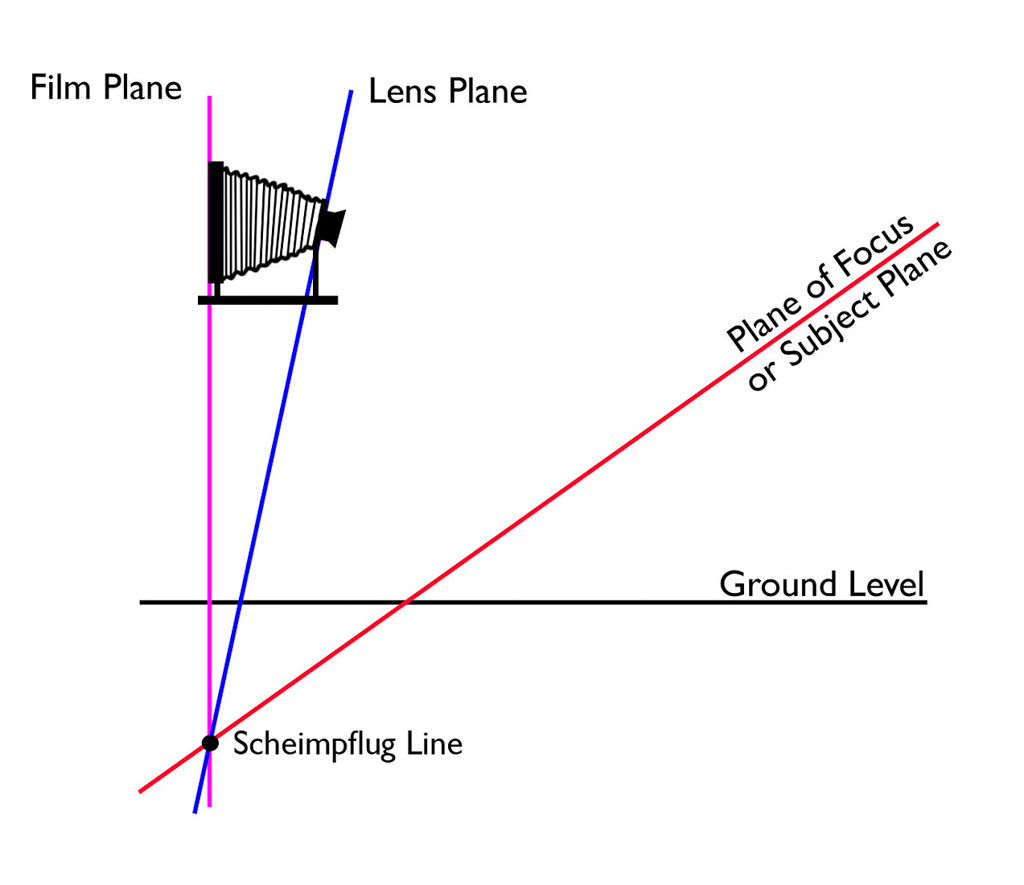 xzzy posted:Thanks for the recs, I'm kind of paralyzed by the array of options right now but I'll take it all into account. Those wild tilts you see are the exception. You (generally) do not need much tilt at all in general landscape. If you want to take the camera outside then I'd recommend a field camera. Depending on the money you want to spend look at Tachihara, Chamonix and Wista. Field cameras mix the best of the portability world with the best of the movements world. Press cameras like the Horseman 45, Graflex Speed/Crown Graphic and Linhof are also designed to be handheld so have more structure and fewer movements, cause you probably won't be shooting them on a tripod. They are heavier and bulkier than a field camera. Monorails like Arca Swiss, Cambo and Sinar are most suited to studio work, have the most freedom of movements and sacrifice portability, but are great for things like product shots. Megabound fucked around with this message at 00:09 on May 24, 2024 |
|
|
|
https://www.youtube.com/watch?v=tndV8S9oXmQ This one explains movements quite well.
|
|
|
|
double
|
|
|
|

|
| # ? May 27, 2024 02:47 |
|
i have found in my, mostly landscapey, photography that it takes a very small amount tilt or swing to get me where I want, maybe product photography or something else where you are close needs more, idk. The only movement I've hit the limit on with my camera is rise (45mm), ymmv.
|
|
|



















